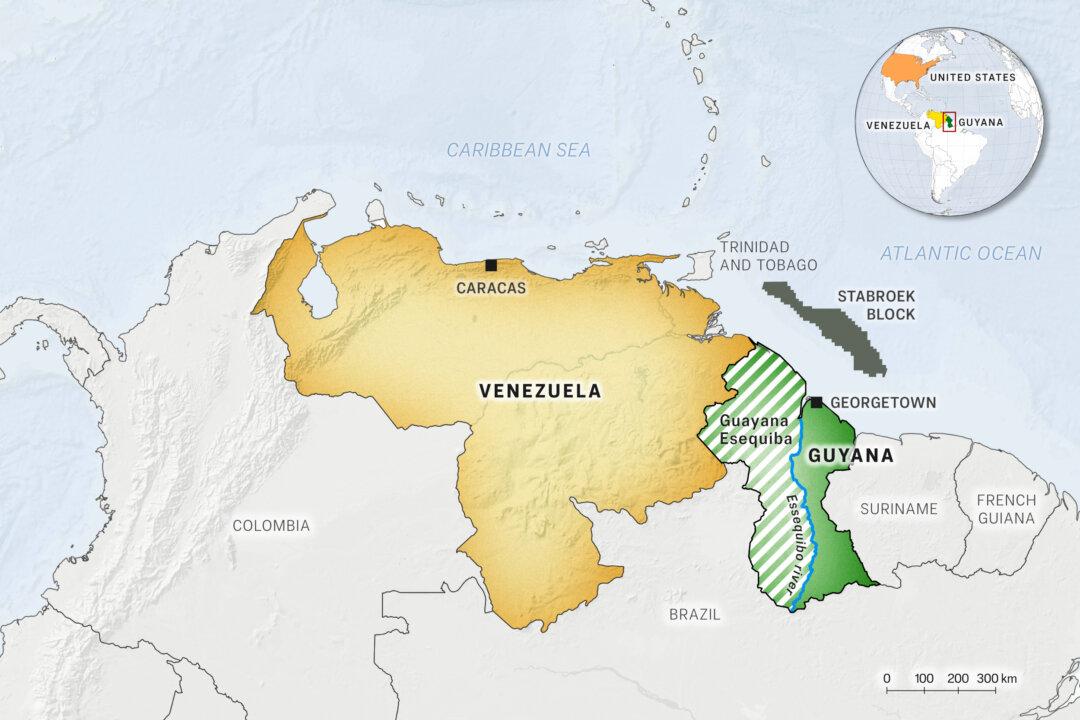Spaceplanes bristling with weaponry, satellites that capture “space architecture,” directed-energy lasers and electromagnetic shockwaves designed to instantly blind global communications, and missile-test debris fields menacing the congested and contested orbital paths that strap the planet.
These aren’t highlights from an upcoming Sci-Fi Channel TV series but could be part of a History Channel documentary since all of the above has already happened in all of the above—that is, from the blue sky all the way above into the black of Earth’s near-space.





